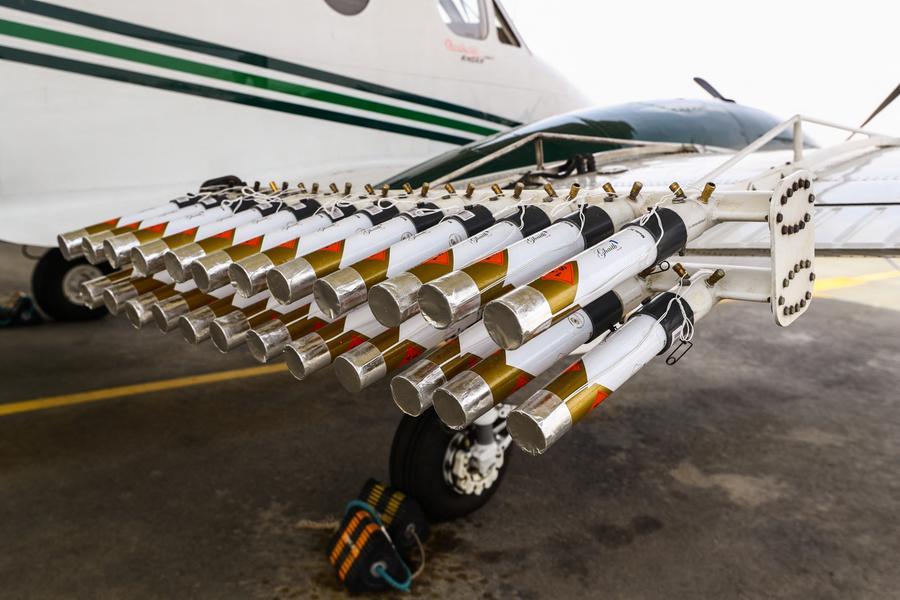Dubai, renowned for its futuristic skyline and relentless pursuit of innovation, has recently found itself facing an unexpected challenge: heavy rainfall causing flooding in various parts of the city, including the airport and residential neighborhoods.
As the city grapples with this unusual weather phenomenon, attention has turned to Dubai’s use of cloud seeding technology as a means to manage its climate and water resources.
The Cloud Seeding Technology
Cloud seeding involves dispersing substances into the air to encourage precipitation within clouds, typically with the aim of increasing rainfall in arid regions.
In Dubai, where water scarcity is a major concern, cloud seeding has been employed as part of the government’s strategy to enhance rainfall and increase water supplies.
By deploying aircraft to release salt crystals known as seeding agents into clouds, countries aim to stimulate the formation of raindrops and alleviate their water shortage.
Ambitious Initiatives
Over the years, Dubai has invested significantly in cloud seeding technology, viewing it as a proactive measure to address its water needs in the face of changing climate patterns. The city’s leadership has collaborated with meteorologists and scientific experts to refine seeding techniques and maximize their effectiveness.
Recent Rainfall Events
The recent rainfall that flooded Dubai and disrupted normal life underscores the complexity of weather dynamics and the challenges of managing water in a rapidly urbanizing environment.
While cloud seeding is intended to promote beneficial rainfall, it may be subject to criticism due to its potential for unpredictable outcomes, as demonstrated by the intensity of the recent downpour, which was the equivalent of 1.5 years of rain in just a few hours.
However, meteorologists and climate scientists have firmly dispelled the idea that Dubai’s recent devastating floods were caused by cloud seeding. Meteorologist Ryan Maue emphasized that the rainfall experienced in the UAE goes far beyond what cloud seeding could ever achieve. Also, advanced forecasting models predicted the event days in advance.
Other scientists argue that focusing on cloud seeding distracts from the larger issue at hand: the increasingly severe impacts of climate change.
Looking Ahead
As Dubai continues to handle the aftermath of the recent rainfall and assess its implications for urban infrastructure and resilience, the role of cloud seeding in shaping the city’s climate future is likely to come under controversy.
While critics may question the wisdom of manipulating natural processes, proponents argue that innovative approaches such as cloud seeding are essential tools for adapting to the challenges of a changing climate.
Moving forward, Dubai’s experience serves as a case study of the complexities of weather modification and the delicate balance between technological intervention and environmental disruption.
WE SAID THIS: Don’t Miss…Meet Dubai’s First-Ever 24-Karat Gold Banknote Souvenir




